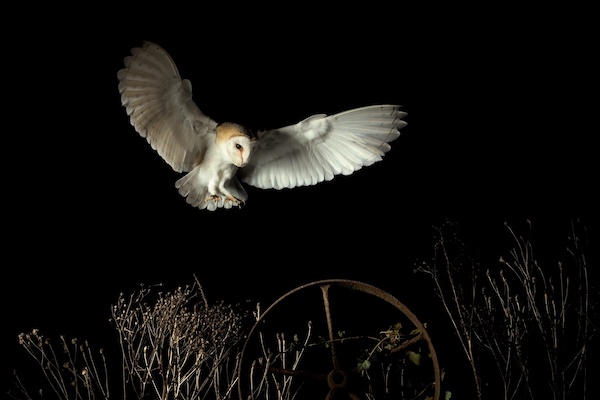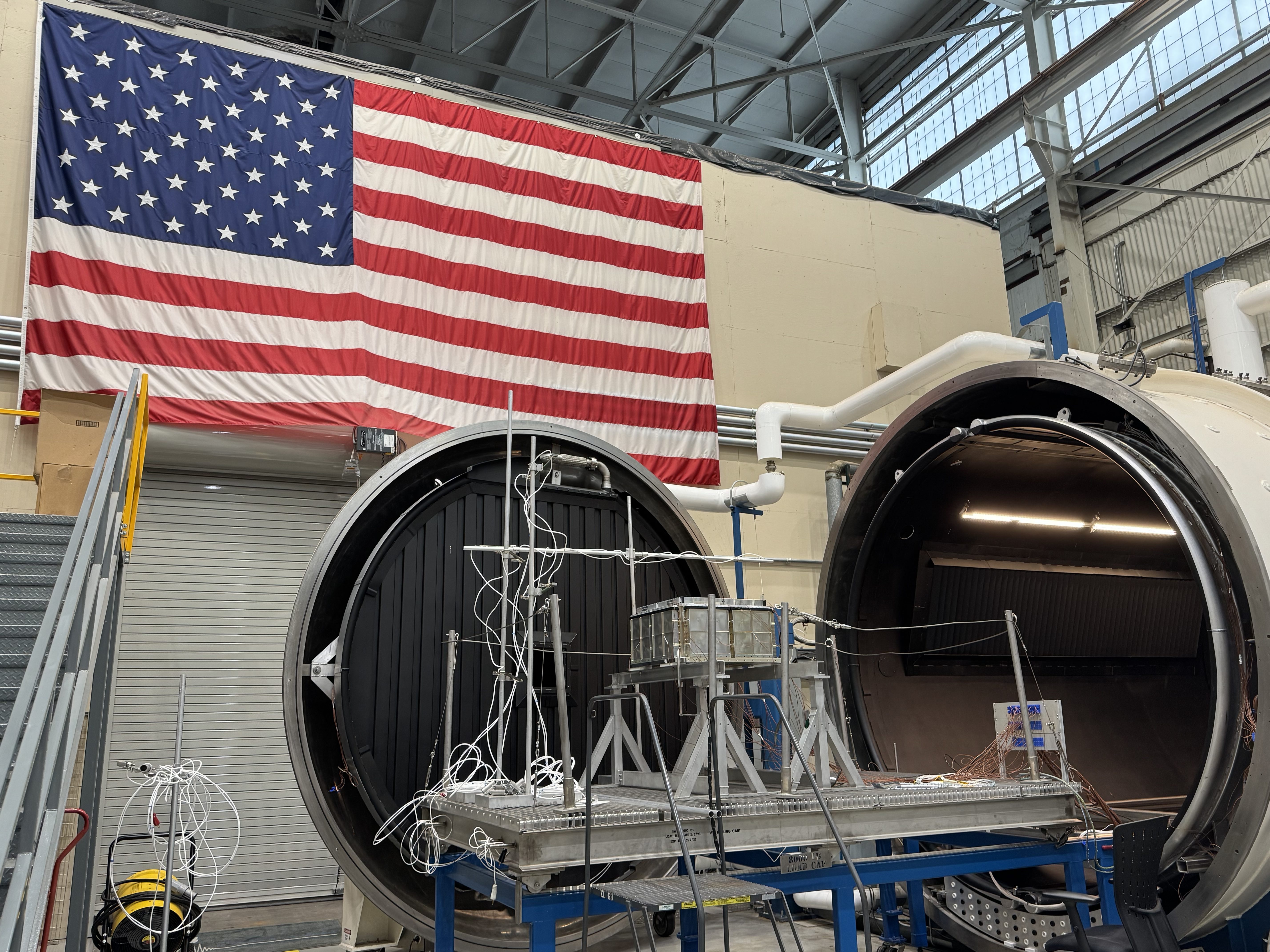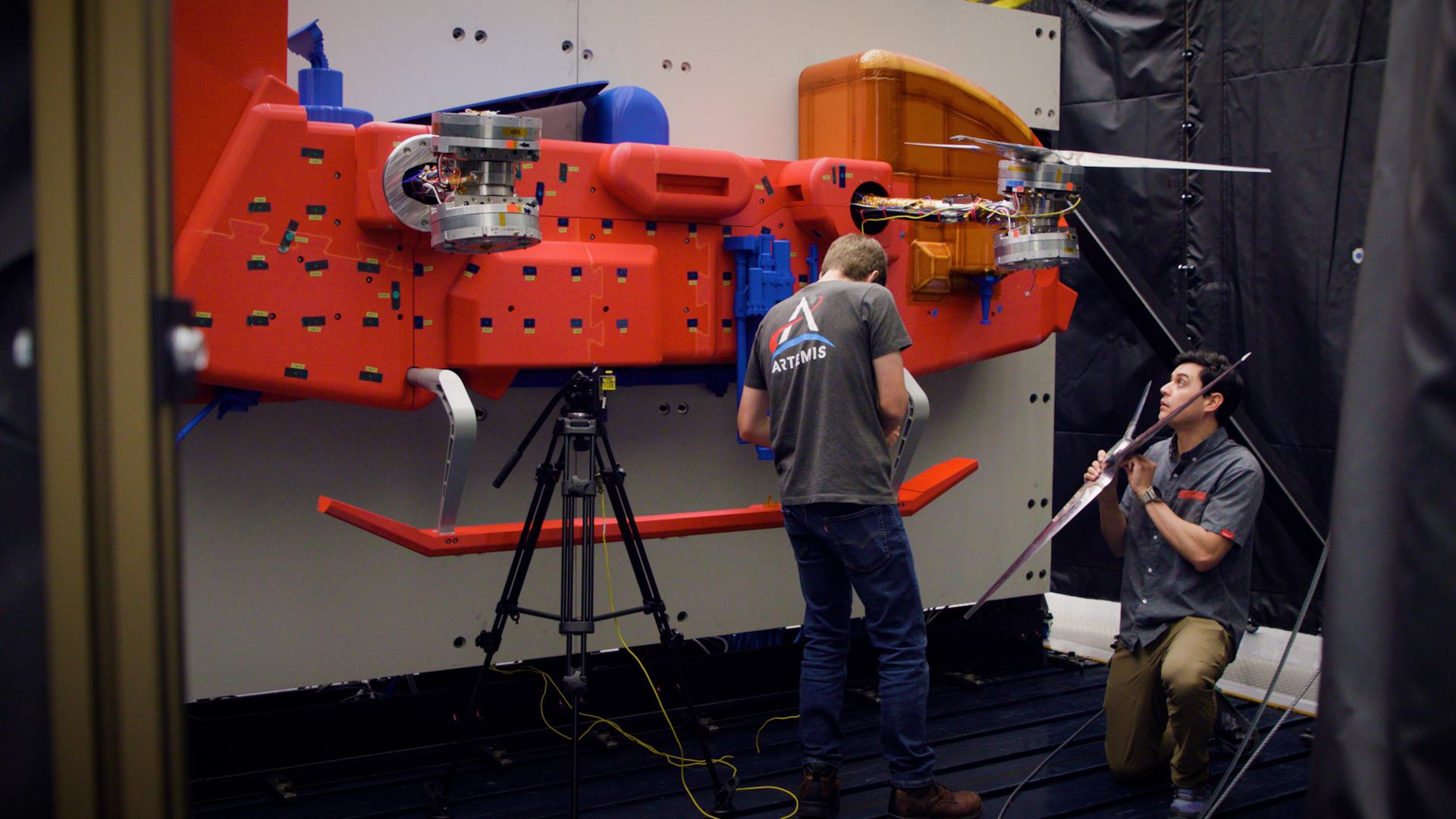During the April 8, 2024 total solar eclipse, approximately 770 AudioMoth recording devices were used to capture sound data as part of the Eclipse Soundscapes Project — a multisensory participatory science (also known as "citizen science") project that is studying how eclipses impact life on Earth. Following the eclipse, participants had the option to keep or send back their AudioMoth device for donation. Fifty-two AudioMoths were sent back to Eclipse Soundscapes (ES) so that ES could donate them to projects or communities for future scientific usage. Eighteen of those AudioMoths have been donated to Dark Sky Missouri, an initiative to protect our night skies and the creatures that depend on them. On Wednesday, August 21, 2024, at 3 p.m. EST, Eclipse Soundscapes hosted a webinar with Dark Sky Missouri founder Don Ficken to learn more about how these AudioMoths will contribute to future participatory science.
Don Ficken is a Missouri Master Naturalist and amateur astronomer who found the Eclipse Soundscapes Project through SciStarter, an organization that helps bring together millions of curious and concerned people in the world to engage in real-world research questions through citizen science. He participated as a Data Collector in 2024. “[The Eclipse Soundscapes Project] opened up a door for me because I never really thought about sound acoustics in this way,” Ficken said.
It occurred to Ficken that acoustics could help bolster Dark Sky Missouri’s efforts to study and conserve night time wildlife. One of these efforts, Lights Out Heartland, encourages homeowners and businesses to minimize artificial light usage in order to protect migrating birds from collisions due to disorienting bright lights. Ficken hopes to use the AudioMoths to capture the birds’ nocturnal flight calls as they fly over locations like the Gateway Arch, Shaw Nature Reserve, and Missouri Botanical Gardens.
Dark Sky Missouri also hopes to take more general surveys of nature at night by placing AudioMoths in parks and natural areas. Even though parks are not typically open or staffed at night, the AudioMoths could help map the locations and movements of wildlife, creating talking points and learning opportunities for staff and visitors alike.
Both initiatives will be piloted during the fall bird migration, with the goal of developing a framework for an expanded long term project. While there are no opportunities for the general public to get involved in the projects just yet, Ficken says participatory scientists can benefit from the multisensory methods employed in the Eclipse Soundscapes Project. “I think that the thing that they should think about is really the door that acoustics would be opening for them,” he said. “In other words, you don't have to just visually look at daytime. Think about sound. Think about night.” For more information on how Dark Sky Missouri will use the AudioMoth recorders, read the Eclipse Soundscapes blog post.
The Eclipse Soundscapes Project is supported by NASA under cooperative agreement award number 80NSSC21M0008 and is part of NASA’s Science Activation Portfolio. Learn more about how Science Activation connects NASA science experts, real content, and experiences with community leaders to do science in ways that activate minds and promote deeper understanding of our world and beyond: https://science.nasa.gov/learn



































